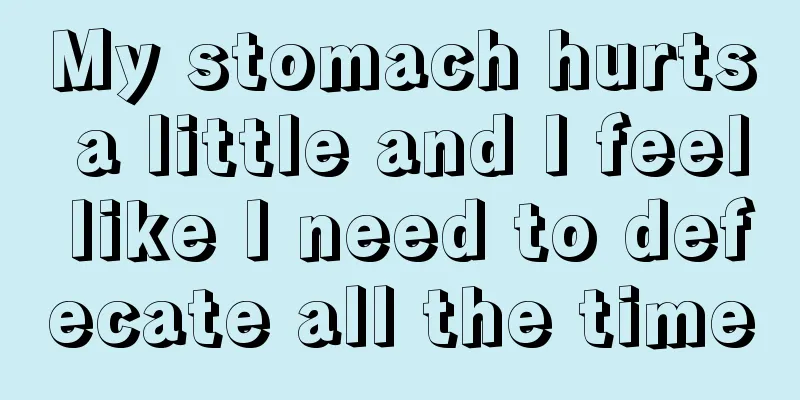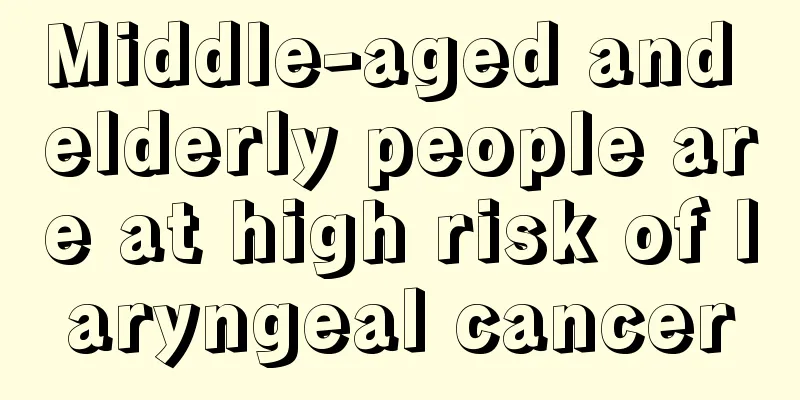What are the treatments for chronic heart failure

|
Chronic heart failure requires scientific treatment, as well as some care and health care in life. Severe patients should rest in bed, eliminate their worries and fears, limit sodium salt intake, and eat a scientific diet. (1) Rest: Limit physical activity. Severe cases require bed rest. However, long-term bed rest is prone to complications such as thromboembolism and bronchopneumonia. In addition, the patient's mental concerns and fears must be relieved. If necessary, small doses of sedatives such as diazepam (Valium), chlordiazepoxide (Librium), and meprobamate (Tranquil) can be added. (2) Limit sodium salt intake: Sodium salt should be appropriately limited in your daily diet, and salted foods should be avoided. At present, due to the use of diuretics, especially some powerful sodium-excreting diuretics, sodium salt restrictions do not need to be too strict. This will not affect the patient's appetite and can also reduce the occurrence of hyponatremia syndrome. (3) Use of diuretics: Diuretics can discharge excess body fluids, which can reduce peripheral and visceral edema, reduce blood volume, and reduce cardiac preload. Increase cardiac output and improve cardiac function. Currently commonly used diuretics are: ① Thiazides and chlorthalidone: Commonly used ones are hydrochlorothiazide (hydrochlorothiazide), cyclopenthiazide, and chlorthalidone. ③ Loop diuretics: Most suitable for patients with acute left heart failure and pulmonary edema, and can also be used for patients with severe chronic heart failure who are ineffective with other diuretics. Large amounts of diuresis can lead to complications such as hypokalemia, hypovolemia, and circulatory failure, so care must be taken to regulate the intake. Commonly used preparations include ethacrynic acid, ethacrynic acid sodium, and furosemide (furosemide). ③ Potassium-retaining diuretics: Commonly used drugs include spironolactone (spironolactone) and triamterene. (4) Vasodilators: Vasodilators can dilate peripheral arterioles, reduce the resistance of the heart when pumping blood, and reduce the heart's afterload (pressure load); they can also dilate peripheral veins, reduce the amount of blood in the heart, and thus reduce the heart's preload (volume load). |
<<: How to effectively treat dampness and toxins on the face
>>: Causes and symptoms of traumatic macular hole
Recommend
Do I need to cover myself with a blanket when I have a high fever?
After having a high fever, a person's body te...
Specific drugs for myocardial ischemia
Myocardial ischemia refers to a decrease in blood...
Is sweet potato flour easy to digest?
Sweet potato flour can be said to be an easily di...
What to do if your mind is blank
Many people have experienced this situation befor...
Venous blood drawing steps
When we have a physical examination or go to the ...
How much does early treatment of melanoma cost
How much does it cost to treat melanoma? This is ...
What are the uses of mulberry leaves
Maybe many friends don’t know what kind of leaves...
What are the functions and effects of RNA?
There are generally three types of RNA, and diffe...
Why am I so upset and irritable? This is what's going on.
It is not uncommon to become irritable and upset ...
How to diagnose lung cancer early? These methods can diagnose early lung cancer
In recent years, cancer is common in my country. ...
How to do facial massage by yourself, teach you 7 steps
Facial massage can greatly help the blood circula...
Family members should pay attention to the symptoms of brain cancer patients in time
Nowadays, more and more people are suffering from...
How to effectively treat paranoid personality
The treatment methods for paranoid personality di...
Ginger removes acne marks, teach you 3 tips
The most annoying thing for us is the many pimple...
Why do my eyes flash white?
In fact, many times, some eye symptoms are caused...









